One And One Half Syndrome
One and one half syndrome. One-and-a-half syndrome is a clinical disorder characterized by an ipsilateral conjugate horizontal gaze palsy the one and an ipsilateral internuclear ophthalmoplegia INO the half. This manifests as one and a half of the horizontal eye movements being impaired with abduction of the. The eye affected by the lesion cannot move horizontally to either side but the eye on the side opposite the lesion can abduct.
Prior to our publication in Neurology there had been only 29 reported cases of the one-and-a-half syndrome in the literature. The video describes the control of horizontal gaze one and half syndrome. Accepted for publication May 24 1999.
One. The only remaining horizontal movement is contralateral abduction. MS was the most common cause in 14 young adults aged 18 to 52 years mean 32 years.
No audio provided here as original audio was not English. The eye ipsilateral to the lesion ipsilateral paramedian pontine reticular formation PPRF or the ipsilateral abducens 6th cranial nerve nucleus has limited. 2728 The ipsilateral abducens nucleus or PPRF lesion results in an ipsilateral horizontal gaze palsy while the ipsilateral MLF lesion produces an ipsilateral INO with impaired ipsilateral adduction.
The apparent adduction deficits can be overcome with convergence. Table 1 In 4 patients the one-and-a-half syndrome represented the initial presentation of MS. One-and-a-half syndrome is a syndrome characterized by horizontal movement disorders of the eyeballs which was first reported and named by Fisher in 1967.
It presents a combination of ipsilateral conjugate horizontal gaze palsy one and ipsilateral internuclear ophthalmoplegia INO a. This syndrome is caused by a lesion affecting the PPRF and MLF simultaneously resulting in ipsilateral conjugate gaze palsy and INO 12 A patient with this syndrome is completely unable to move. One-and-a-half syndrome This uncommon syndrome occurs if a lesion affects the horizontal gaze center and the MLF on the same side.
1 The syndrome is usually caused by a single unilateral lesion of the paramedian pontine reticular formation or the abducens nucleus on one side causing the conjugate gaze palsy to the side of the lesion with interruption of. For similar educational videos in Neurology please download the app Neuroppt fro.
One and one-half syndrome The Correct Answer is possible to lesion MLF and take off CN6 or the PPRF-knock out entire PPRF lose horizontal gaze in ispilateral direction right PPRF patient cant look to the right-attempt to look to left INO adduction gaze palsy and 12 gaze palsy XT posturepatient can converge because lesion in the pons.
This syndrome is caused by a lesion affecting the PPRF and MLF simultaneously resulting in ipsilateral conjugate gaze palsy and INO 12 A patient with this syndrome is completely unable to move. No audio provided here as original audio was not English. This syndrome is caused by a lesion affecting the PPRF and MLF simultaneously resulting in ipsilateral conjugate gaze palsy and INO 12 A patient with this syndrome is completely unable to move. This manifests as one and a half of the horizontal eye movements being impaired with abduction of the. One. One-and-a-half syndrome This uncommon syndrome occurs if a lesion affects the horizontal gaze center and the MLF on the same side. Accepted for publication May 24 1999. One and one-half syndrome The Correct Answer is possible to lesion MLF and take off CN6 or the PPRF-knock out entire PPRF lose horizontal gaze in ispilateral direction right PPRF patient cant look to the right-attempt to look to left INO adduction gaze palsy and 12 gaze palsy XT posturepatient can converge because lesion in the pons. MS was the most common cause in 14 young adults aged 18 to 52 years mean 32 years.
One-and-a-half syndrome is a clinical disorder characterized by an ipsilateral conjugate horizontal gaze palsy the one and an ipsilateral internuclear ophthalmoplegia INO the half. MS was the most common cause in 14 young adults aged 18 to 52 years mean 32 years. One-and-a-half syndrome is a syndrome caused by horizontal eyeballs movement disorders that is characterized by an ipsilateral conjugate horizontal gaze palsy the one and an ipsilateral internuclear ophthalmoplegia INO the half 1. The only remaining horizontal movement is contralateral abduction. 2728 The ipsilateral abducens nucleus or PPRF lesion results in an ipsilateral horizontal gaze palsy while the ipsilateral MLF lesion produces an ipsilateral INO with impaired ipsilateral adduction. The eyes are straight or exodeviated Etiology Focal. The eye affected by the lesion cannot move horizontally to either side but the eye on the side opposite the lesion can abduct.







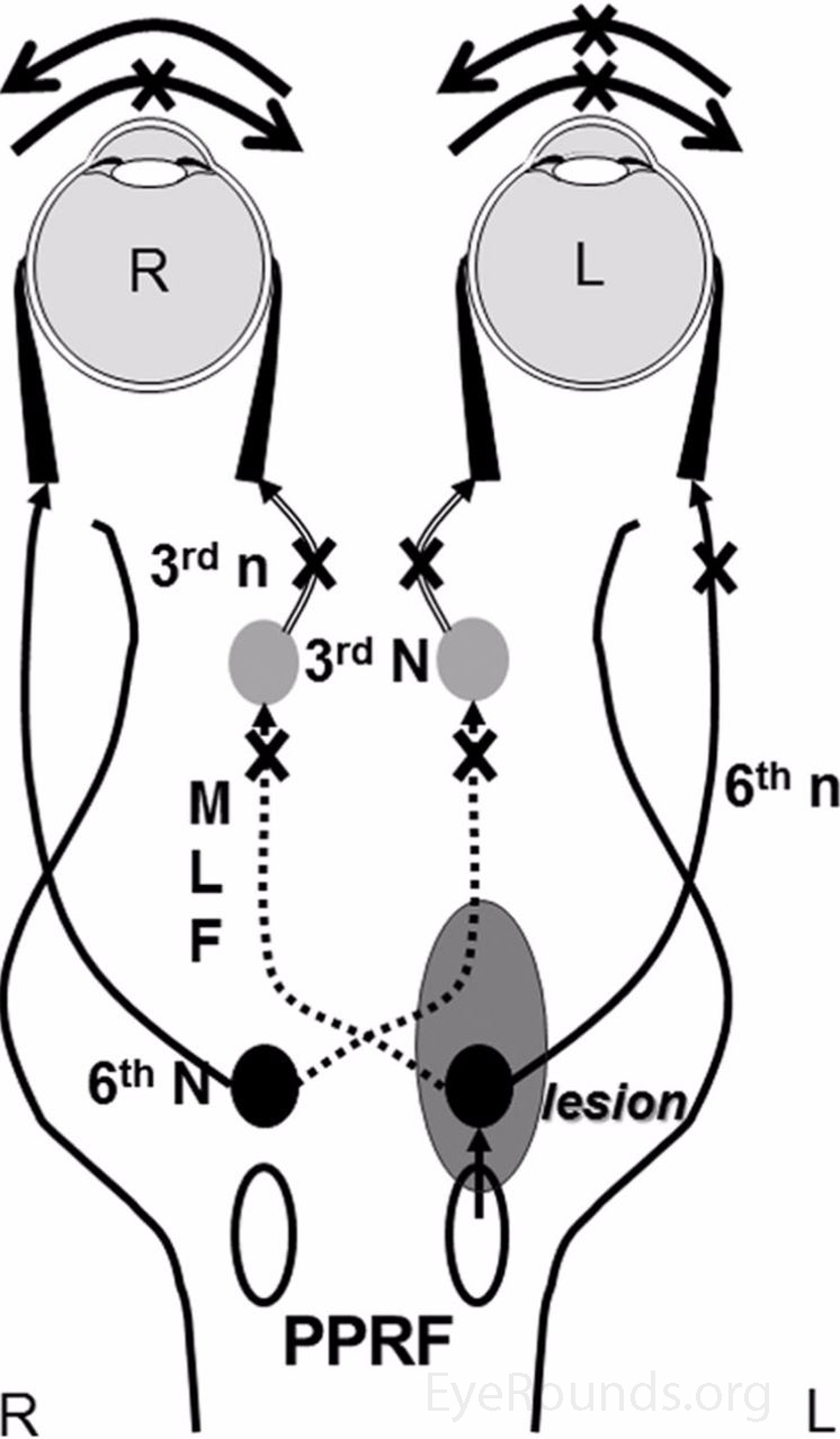

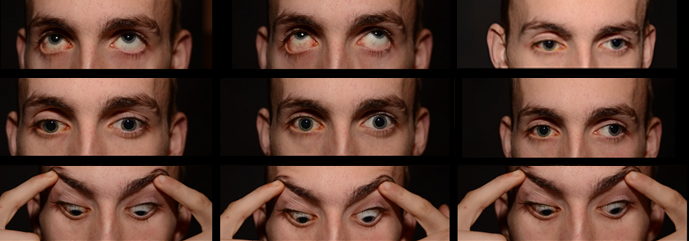



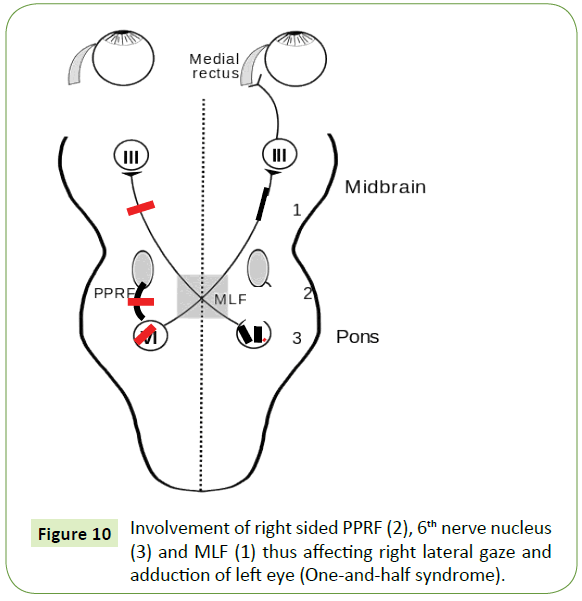








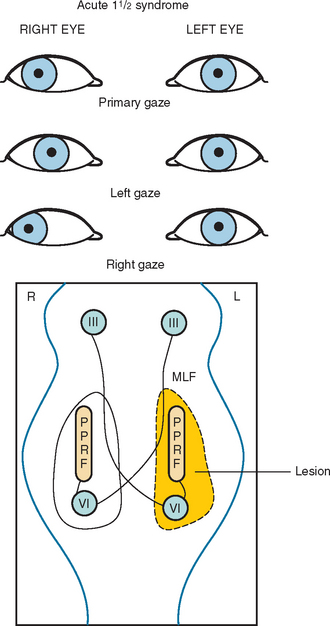
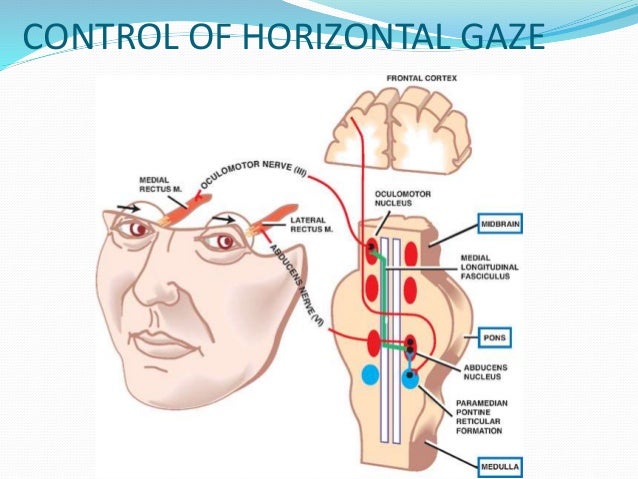
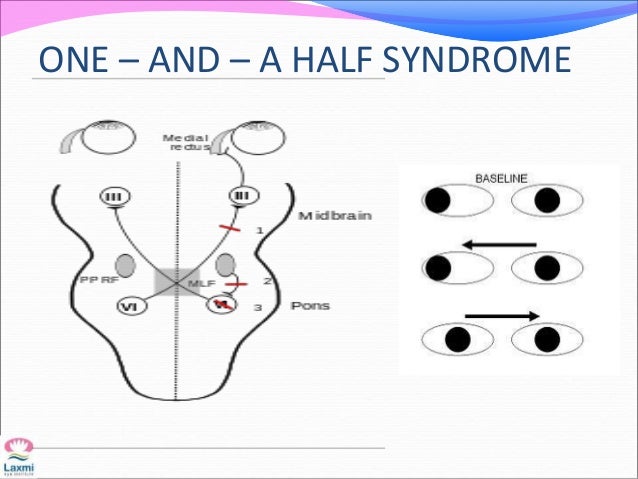
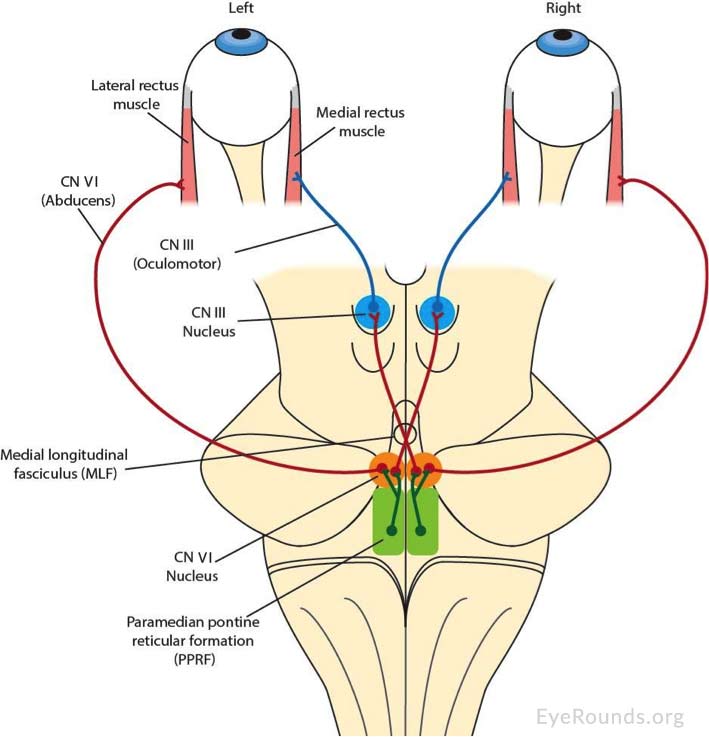



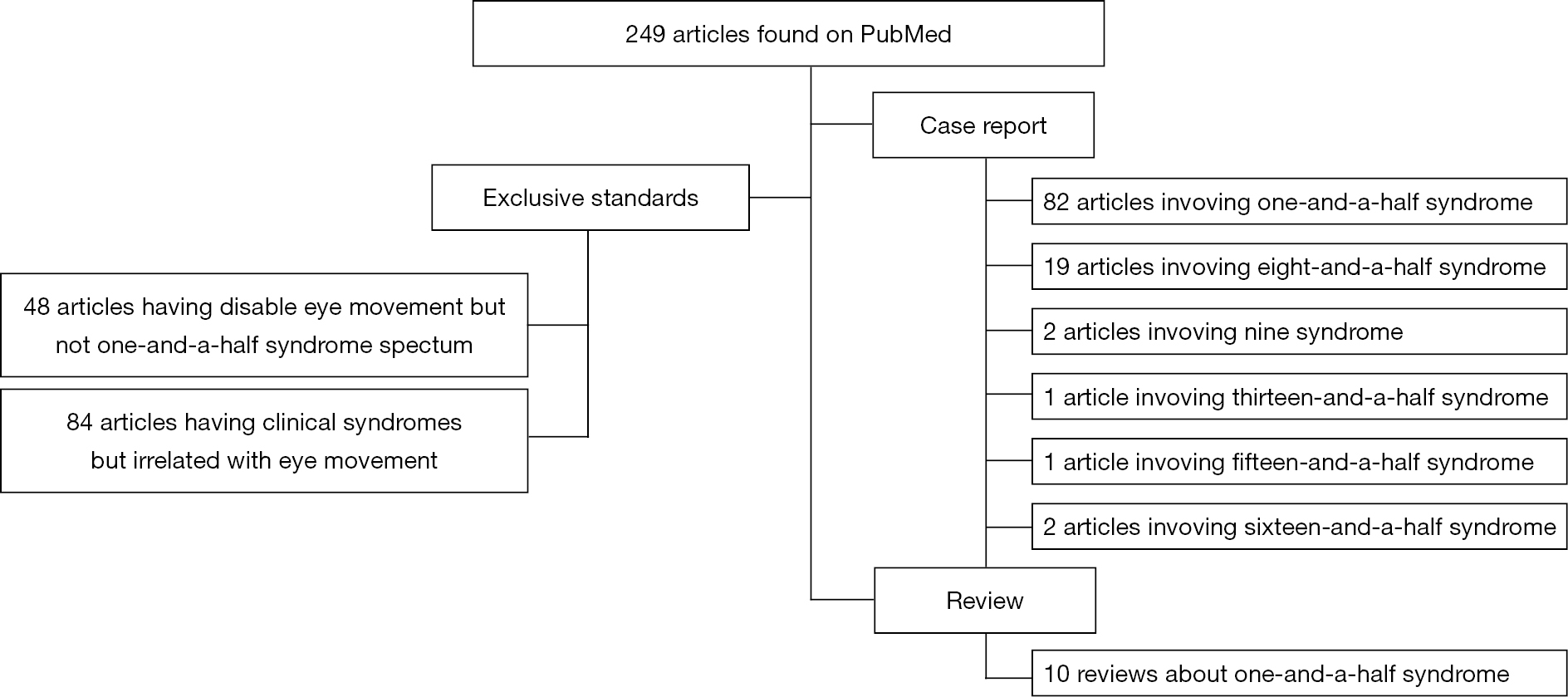
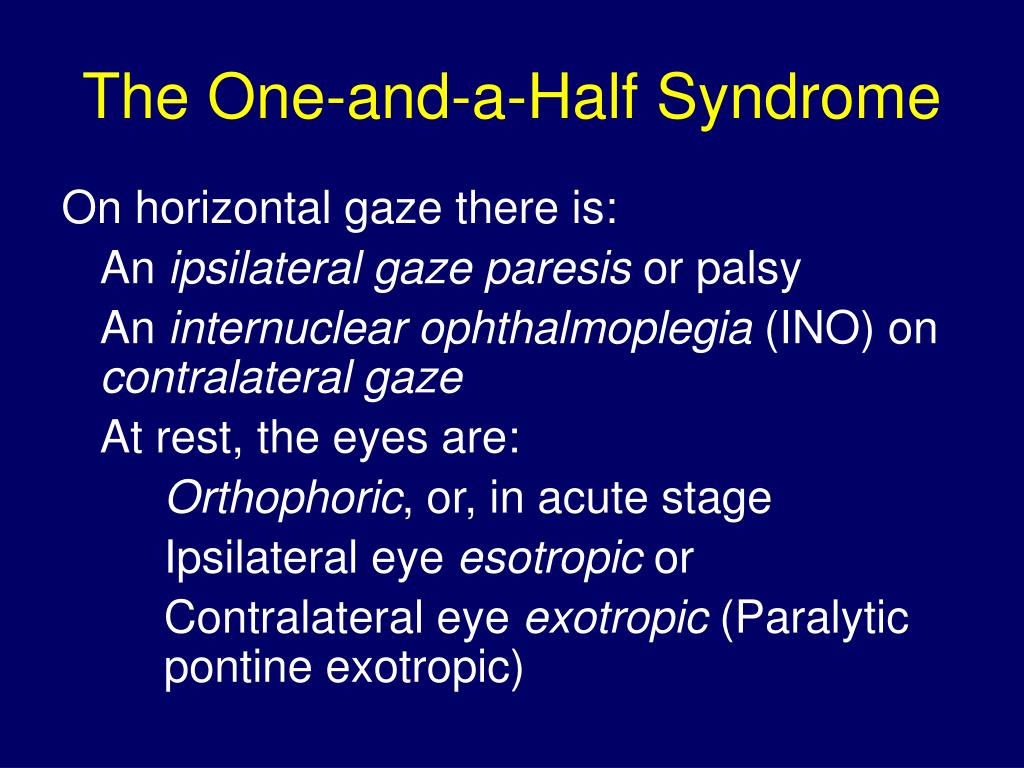

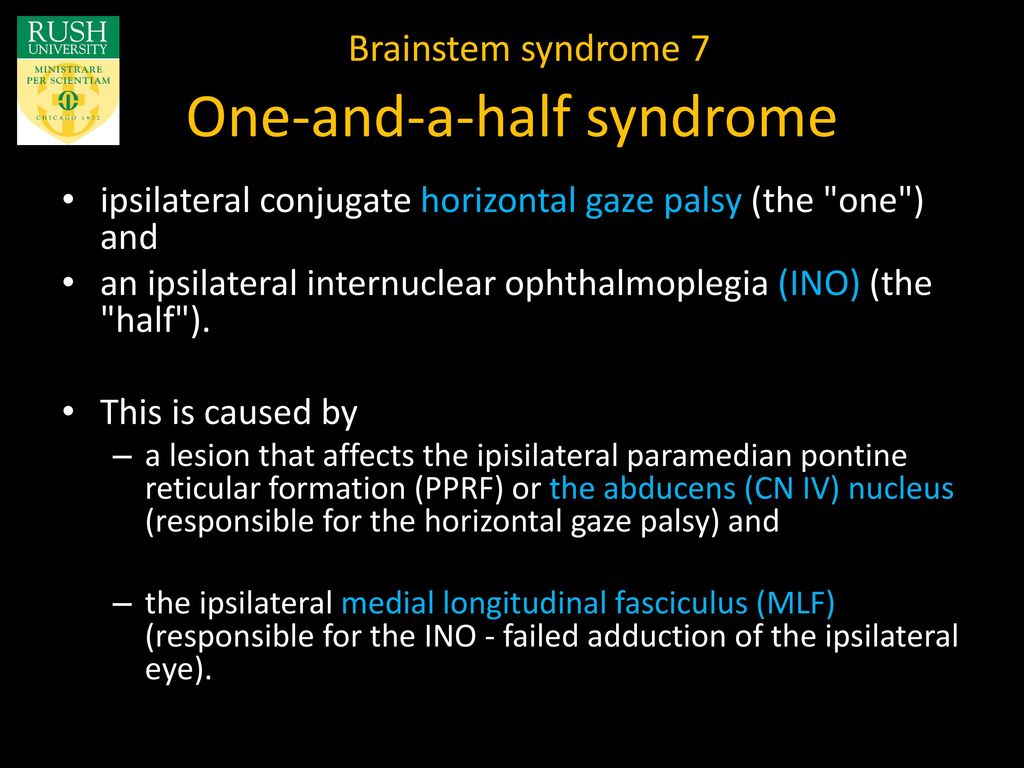








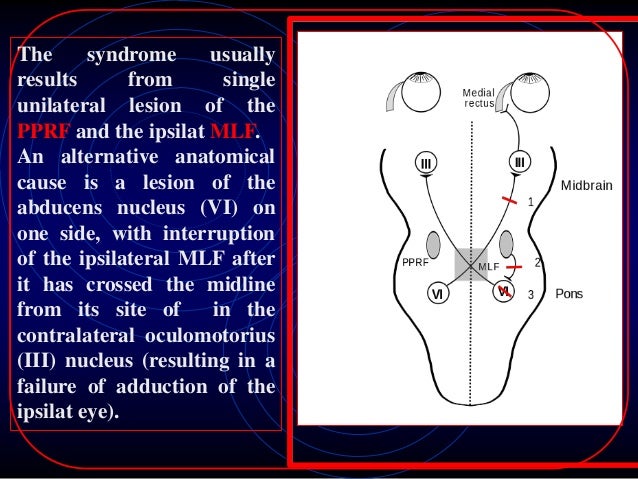
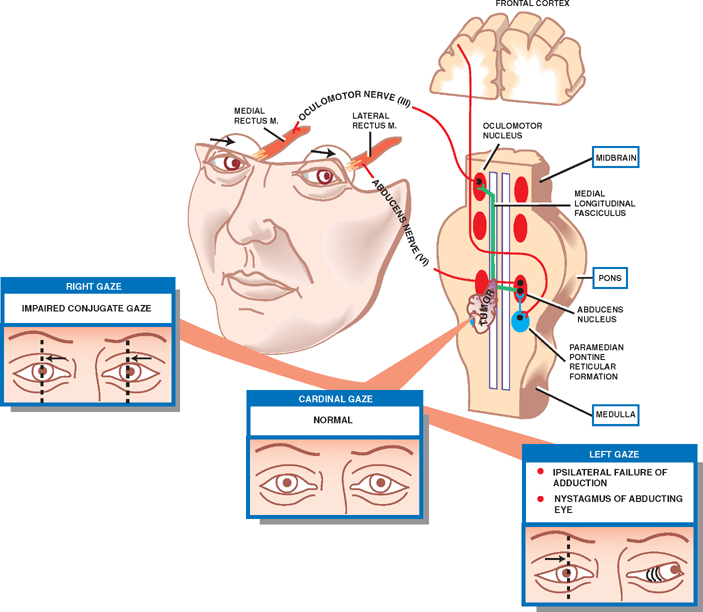
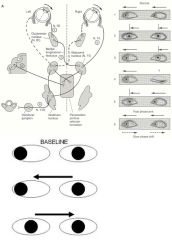
Post a Comment for "One And One Half Syndrome"